
Gardening Green with Doug
Daffodils and More
By Doug Oster
March 30, 2024
The edge of the forest is aglow with luminescent yellow daffodils announcing the arrival of spring. There is nothing more resilient than daffodils, they return year after year with their cheery blooms. Once they flower, there’s no turning back, the gardening season is underway in full. What’s ironic is that as things get started, it’s already time to plan for fall. This is the time to see where spring bulbs are blooming and more importantly, where they aren’t.
Take a picture of the garden for reference when bulb planting begins in the fall. It’s important to consider early, mid-season and late flowering varieties for planting. This makes for a longer season of joyous blooms. There are 13 different divisions or types of daffodils. There’s nothing wrong with pretty yellow trumpets, but that’s just a start to the wide variety available. If daffodil blooms have become scarce, with only foliage appearing, it’s time to separate the bulbs. This job used to be done in the fall, but experts now say dividing these plants when “in the green” is best.
Dig the bulbs out, then gently tease them apart, keeping the biggest plants for replanting. Add compost to the replanting area and push the bulbs into the soft compost, being sure to keep the foliage attached to the bulb. The smaller bulbs can be planted too in another area or discarded. Hopefully they will bloom next spring or the year after. This video shows the process of dividing and replanting the bulbs. When bringing daffodils in the house for display, remember to pick them, not cut the stems. Reach down to the base of the stem and pull, the base of the stem will be spongy and solid, which will allow them to last longer in a vase. Another favorite way to display the flowers is to remove the blooms and float them in water. It’s a trick I learned while visiting Chanticleer Garden, one of my favorite public gardens in Wayne, Pa.
Pansies are tough
One of the first things to plant in early spring are pansies and violas, as they thrive in the cold. Flats of the flowers are available now at nurseries. They add instant color to the garden and are perfect for containers. Since they love cool weather, they usually start to slow down in July and can be replaced with annuals, which are discounted by garden centers in mid-summer. One trend at public gardens is to combine ornamentals with showy edibles. Since lettuce and other leafy greens also enjoy the same weather, they are perfect companions. ‘Freckles’ or ‘Flashy Trout Back’ lettuces look wonderful when planted in consort with pansies and violas. As the lettuce is harvested, the pansies fill the container.
Fun with radishes
One of the earliest and easiest seeds to grow are radishes. Most will be ready in just a month after sowing in the garden or in containers. Check the soil first, if the dirt sticks to the shovel, it’s too wet to work. In that case get a bag of compost from a local nursery and dump it on the bed. Now the area is ready to plant. My technique is to plant the whole packet of seeds as I don’t need another half packet. I’ve got lots of those. After the radishes sprout, they will need thinned, so there’s room for the tasty root to form. Those thinnings are referred to as microgreens, which are highly nutritious, tender, and delicious. The thinning can be done over the first two or three weeks of growth. When the radish seedling is small, every part is edible, from root to the foliage. As they get bigger the foliage becomes tough and inedible. If some of the radishes don’t head up, let them grow. The flowers are great for pollinators, and the young seed pods taste a lot like a radish. They are fun to add to a salad. Leave some of the pods on to mature and harvest seeds for a fall planting.
Joe Hamm’s Daffodil Garden is free and wonderful
Joe Hamm’s Daffodil Garden in northern Washington County is the greatest collection of blooming daffodils I’ve ever seen. Each variety is labelled and will give gardeners ideas for fall planting. This is my annual plea to get gardeners to see this magical garden. It’s free to see the blooms and visitors usually end up with a beautiful bouquet of flowers when they leave. It’s a great place to take kids and grandkids for pictures too. The garden is located at 99 Maple Rd. in Buffalo Twp., Washington County, Pa. You can email Joe here to find out when the peak bloom time is or call him at (724) 345-3762
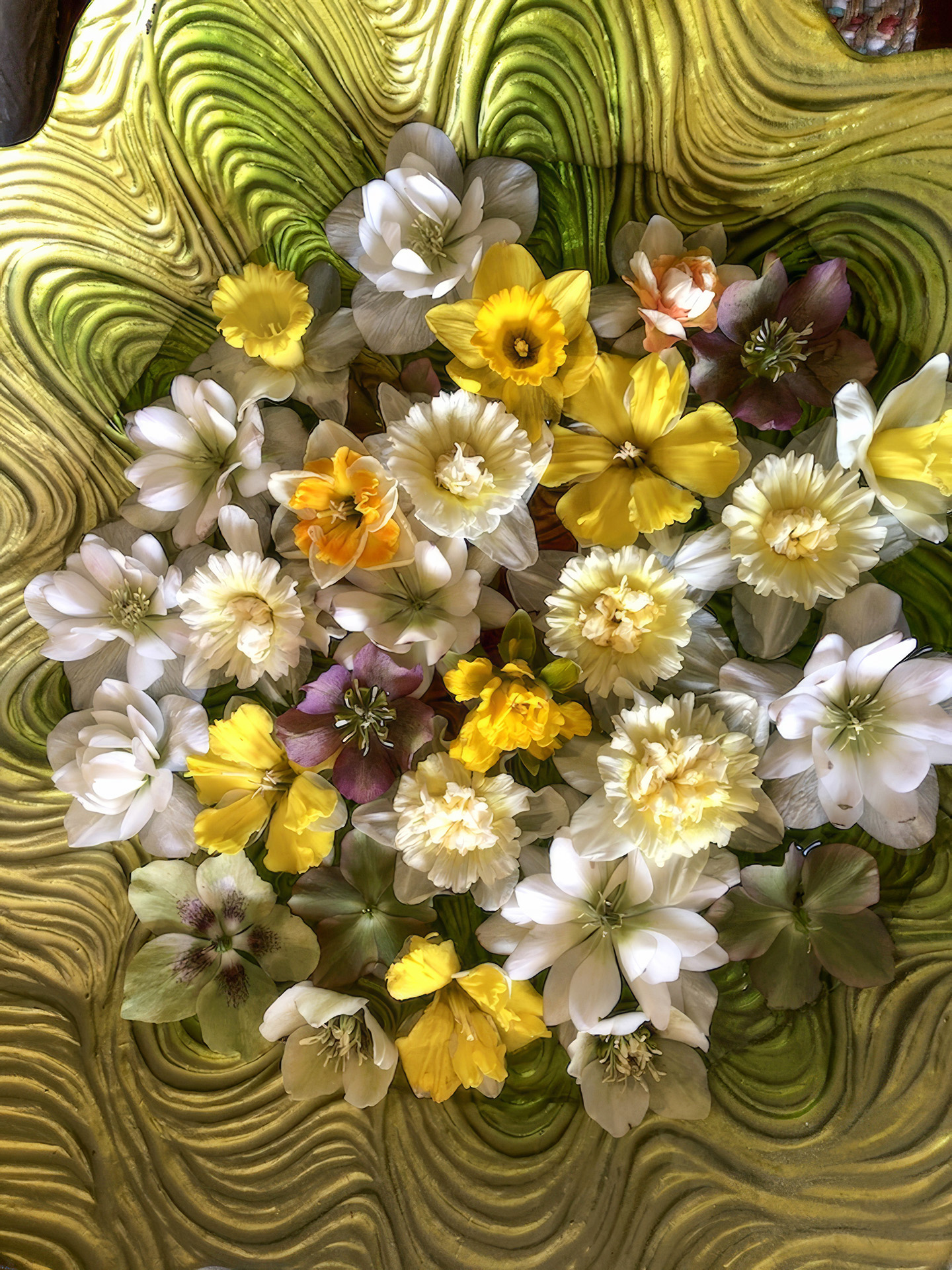
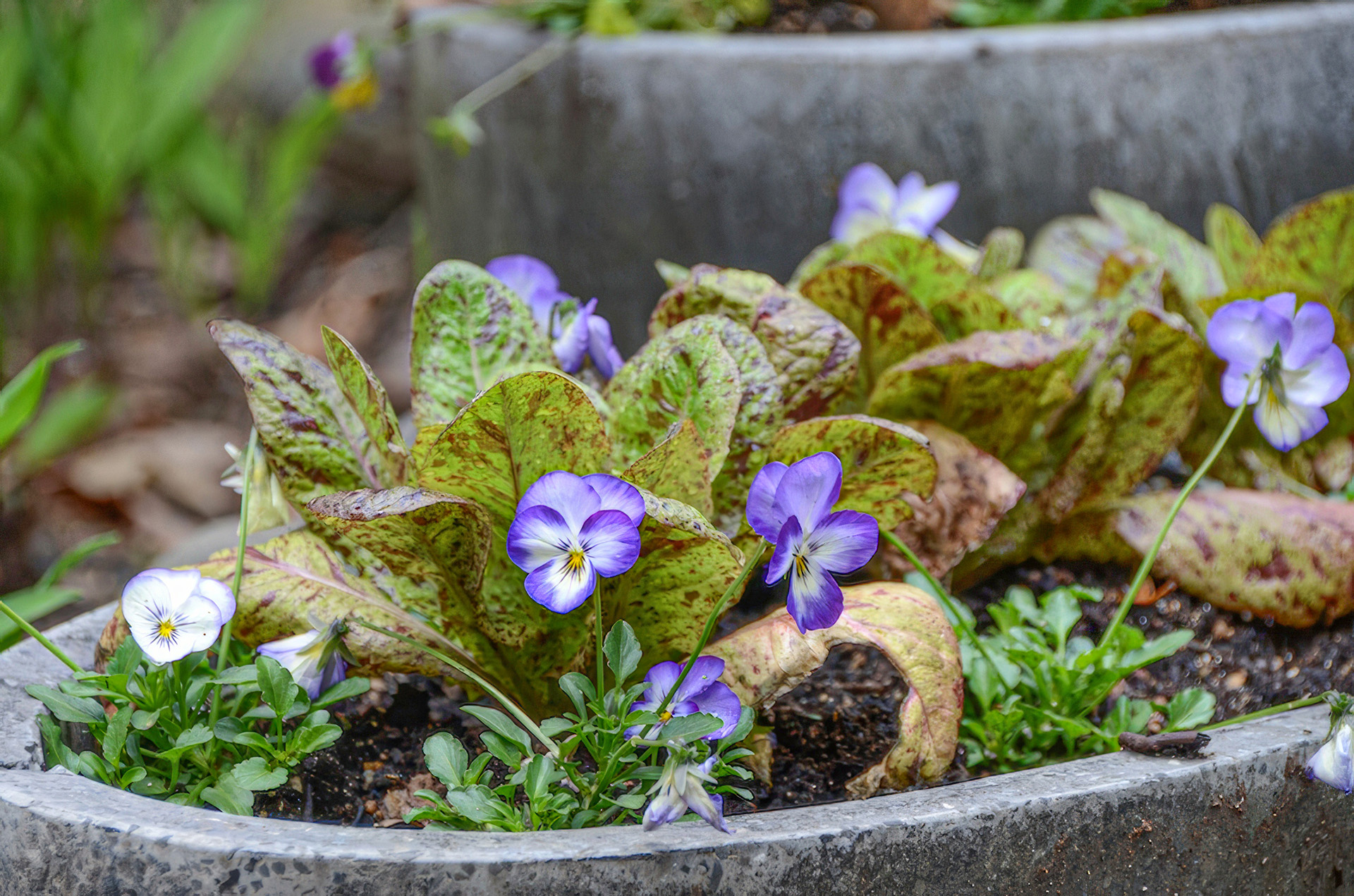
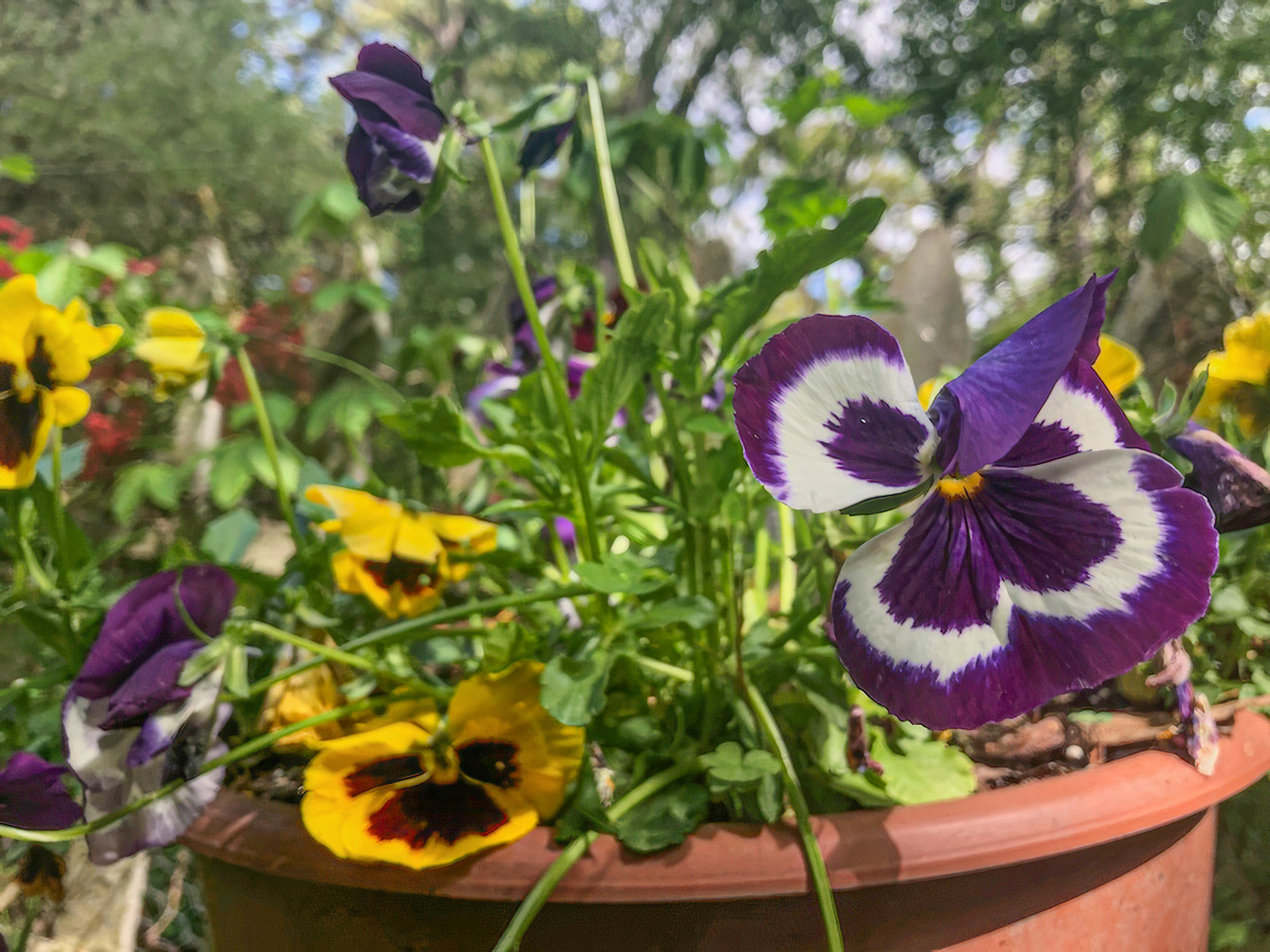
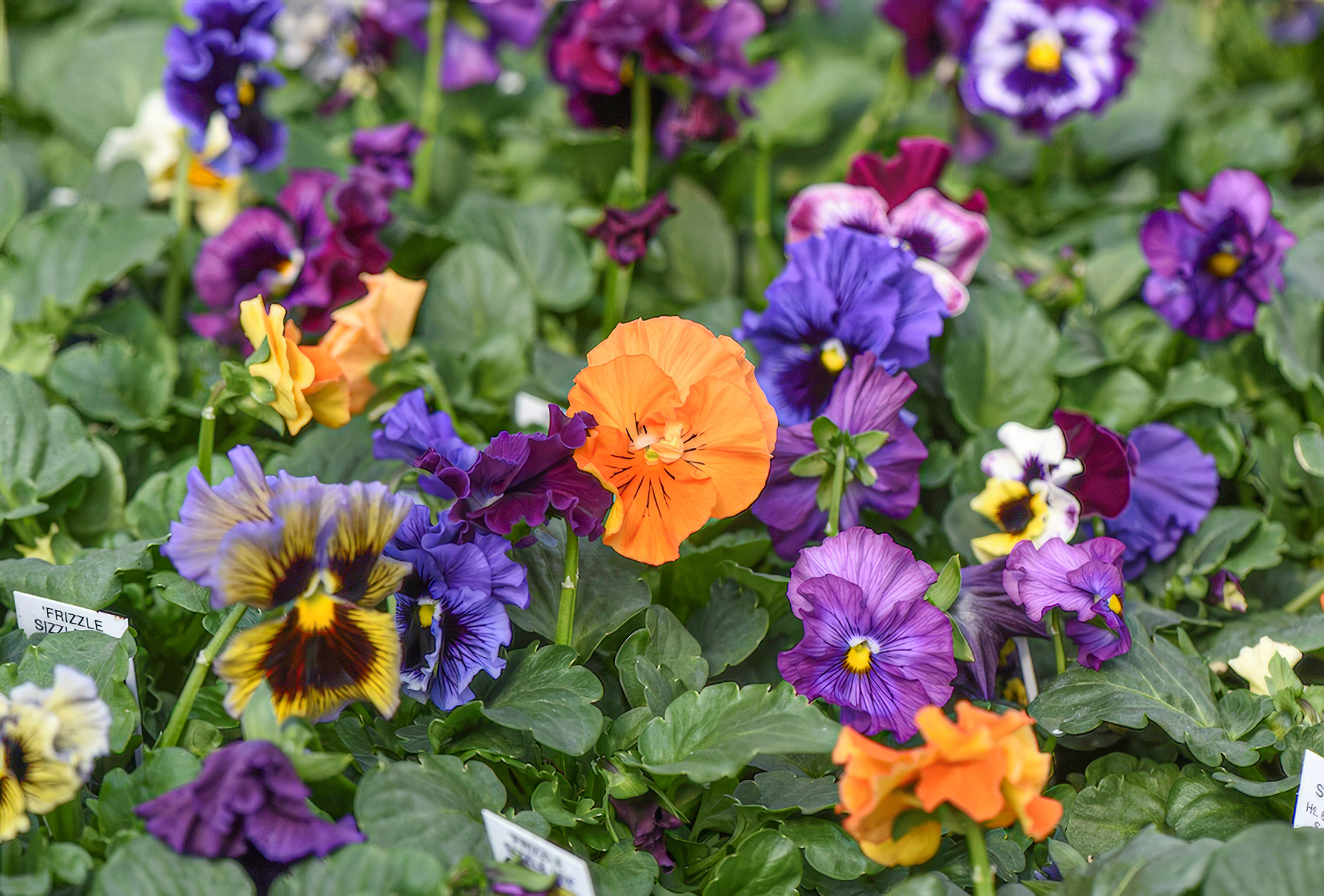
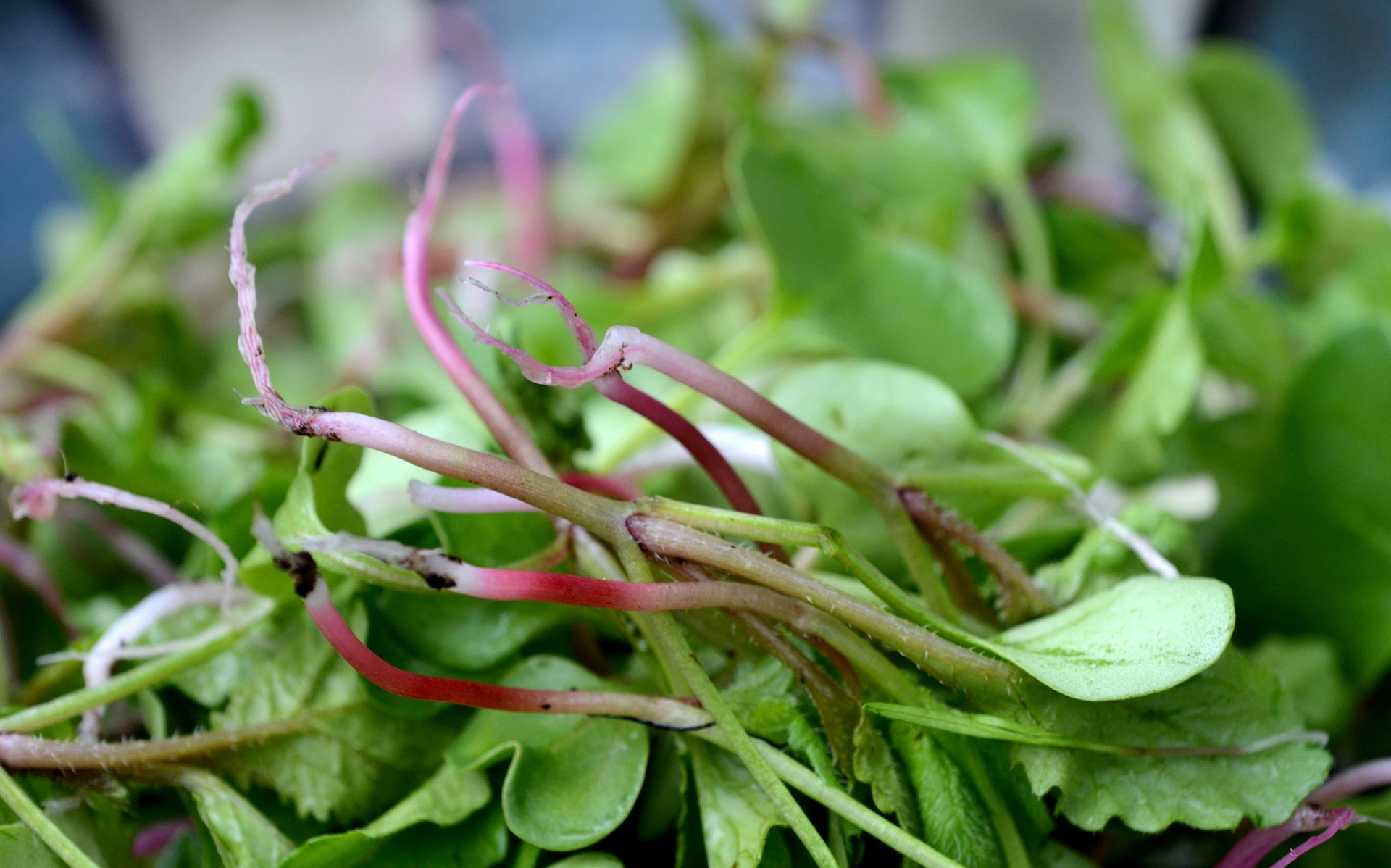
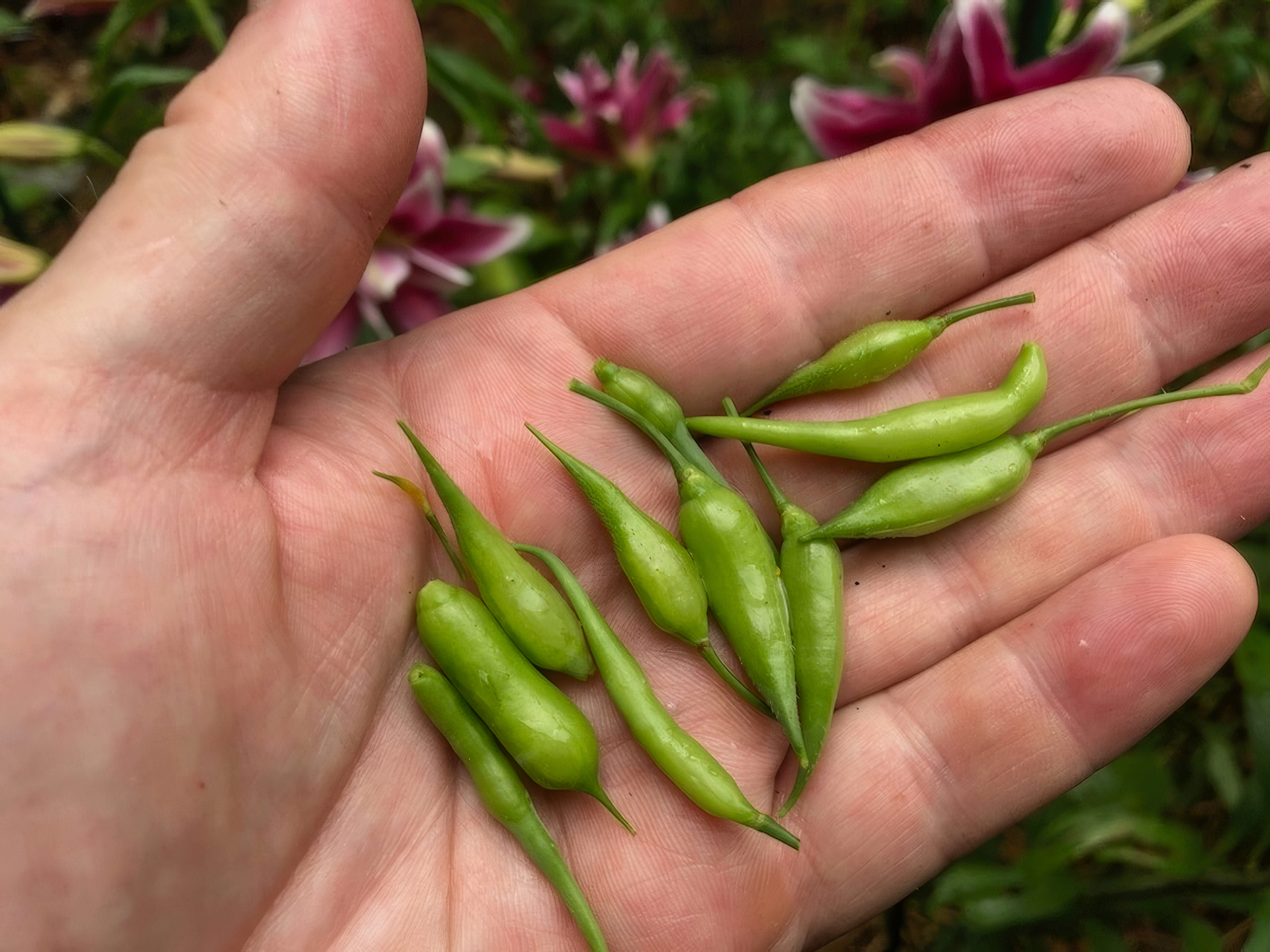
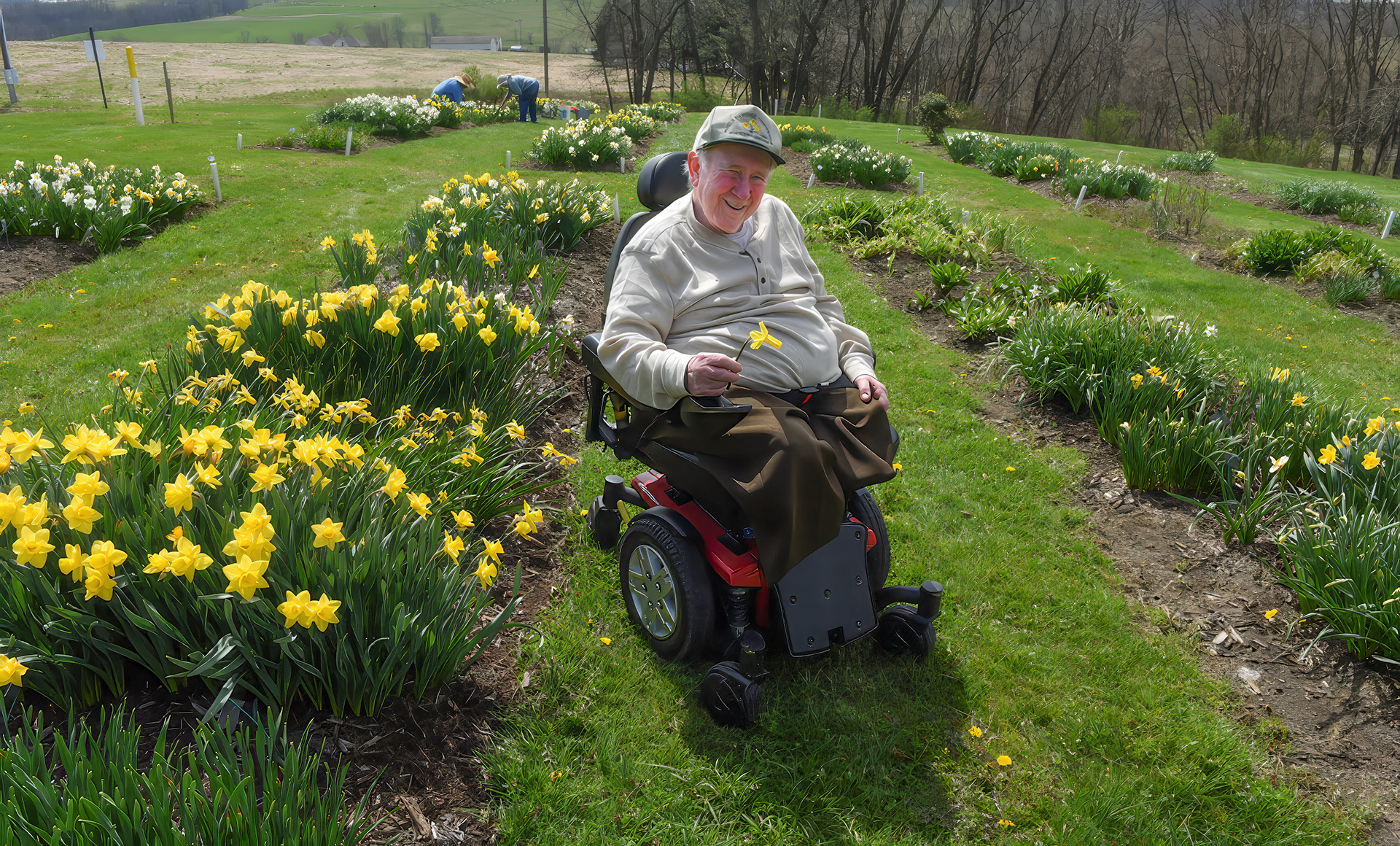

Thank you, Doug. Great tips